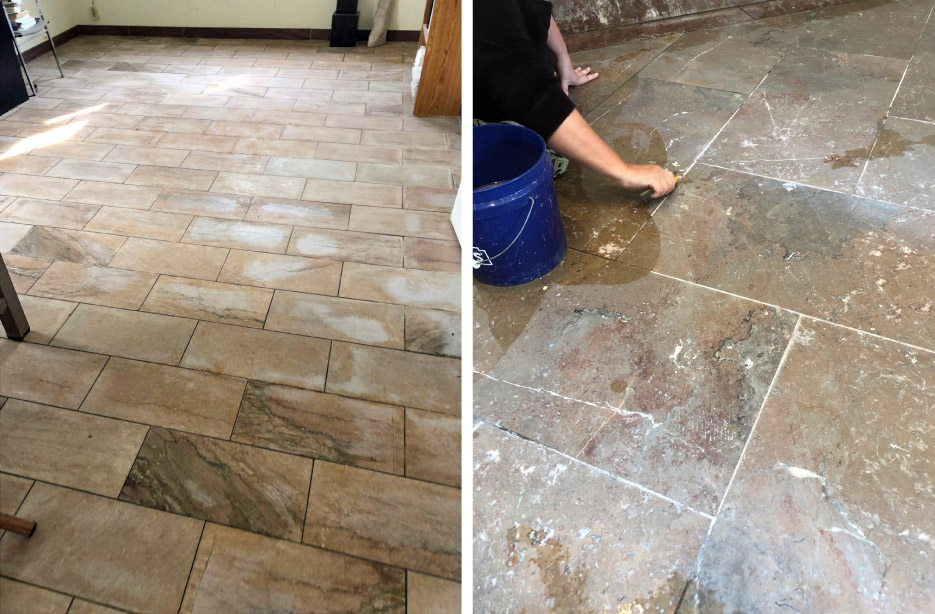Beyond the Basics: Expert Strategies in Restoring Stone
Reviving marble finishes is an skill that necessitates a mix of skill, wisdom, and an respect for the stone's history. Whether you're tackling worn outdoor elements or weary indoor rock details, sophisticated techniques in stone restoration can elevate your project from standard repairs to spectacular transformations. This resource will examine more than the fundamentals, offering views into the latest techniques and creative approaches that ensure your marble finishes not just look their best but also survive for a long time to follow.
As you start your marble restoration process, it is essential to recognize the common challenges that can obstruct progress. From understanding the kinds of marble to picking the right restoration products, there are many factors that play a key role in securing favorable results. In this piece, we will also emphasize the importance of preserving these finishes and offer guidelines on how to recognize when it's the right time to start a restoration project. Accompany us as we delve into the advanced techniques that can aid you maintain the appeal and integrity of marble for generations to appreciate.
Understanding Stone Refurbishment Methods
Stone refurbishment is a careful process that aims to restore natural stone surfaces to their authentic aesthetic appeal and functionality. This includes various techniques that tackle not only cosmetic issues like stains and marks but also structural concerns issues. Click for info in any restoration project is to evaluate the kind of stone and the specific damage it has experienced, as various stones, such as marble, require different approaches for effective restoration.
One of the most prevalent techniques in stone restoration is smoothing, which is utilized to remove surface-level scratches and etches while providing a matte finish. This process usually requires using abrasive pads and liquid to smooth the surface of the stone. After honing, shining may be applied to enhance the stone's luster and bring out its natural colors. Additionally, sealing is essential in shielding restored stone surfaces from subsequent harm, allowing for more straightforward care and durability.
Another enhanced technique is the use of chemical treatments, which can help with deeper stains or discoloration. These treatments often utilize acid-based solutions that engage with minerals in the stone, effectively removing stains without damaging the surface. However, it's crucial to use these chemicals properly and evaluate on hidden areas first, as incorrect use can lead to additional damage. Understanding these techniques is vital for achieving optimal results in stone restoration projects.
Frequent Errors in Rock Refurbishment
One of the top frequent oversights in stone restoration is the employment of inadequate cleaning methods. A lot of people turn to harsh substances or harsh instruments that can harm the stone's exterior rather than augmenting its look. It is essential to employ pH-neutral agents and refrain from items that can graze or deteriorate the authentic texture of the stone. Comprehending the type of rock being refurbished helps in choosing the suitable cleansing agent and method to ensure the condition of the exterior is preserved.
Another common mistake is overlooking to conduct a thoroughgoing assessment before commencing the refurbishment project. Neglecting to recognize the particular issues at hand, including substantial structural deficiencies or water harm, can result in surface-level solutions that do not address the fundamental source. This can lead to repetitive problems and additional expenses down the track. A detailed examination is essential to formulate a specific refurbishment strategy that takes into account both visual and structural requirements.
Lastly, improper coating of refurbished stone is a mistake that can greatly affect its durability. Numerous assume that sealing is a once-off process; yet, diverse types of stone require different care routines based on their porosity and exposure to elements. Regularly checking and restoring coatings can prevent moisture impairment, staining, and general deterioration, guaranteeing the stone continues appealing and resilient over the years. Grasping the specific care criteria of each rock kind enables homeowners to preserve their restored surfaces efficiently.
Maintaining Your Restored Stone Surfaces

After your stone surfaces are expertly restored, the key to longevity resides in proper maintenance. Regular cleaning is crucial to stop dirt and grime from building up, which can dull the surface and lead to further damage. Use a pH-neutral stone cleaner and delicate cloths or mops to gently clean the area without scratching the surface. Avoid harsh chemicals or abrasive materials that might damage the restoration work and lead to costly repairs.
In addition to cleaning, sealing your stone surfaces is crucial to protect them from stains and moisture. Depending on the type of stone, a premium sealer should be applied approximately every few seasons to maintain its integrity and appearance. Be sure to follow the manufacturer's instructions for application and re-sealing to ensure maximum effectiveness. This not only preserves the look of the stone but also extends its lifespan.
Lastly, be mindful of the environment surrounding your stone surfaces. Indoor climates can influence stone health, so ensure proper humidity and temperature levels to halt cracking or erosion. For exterior stone, routine inspections for signs of wear or damage after extreme weather events are essential. Addressing these issues promptly will help you maintain your restored stone surfaces in ideal condition for years to come.